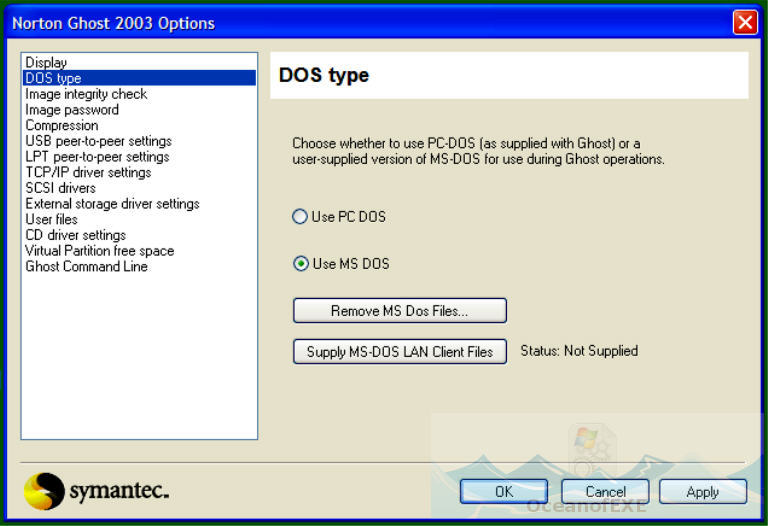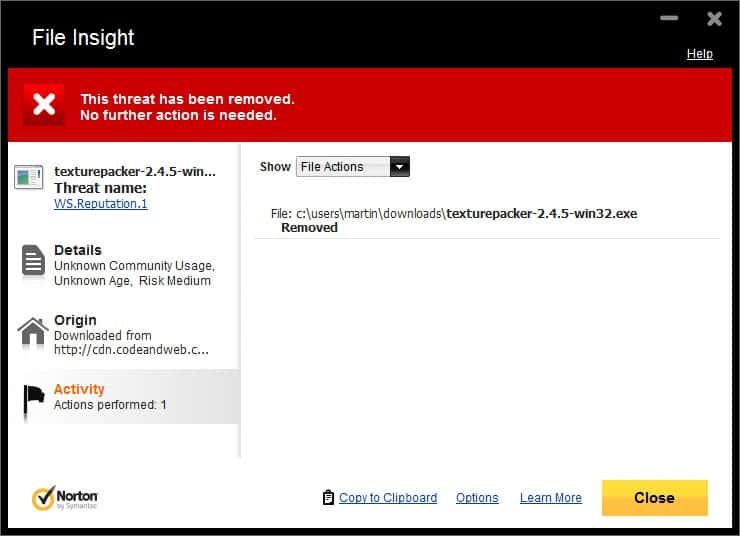

However, since Ghost is a fully open-source project, and many users have different requirements, it is possible to setup and configure your site manually. The Ghost-CLI tool is designed to work with the recommended stack and is the only supported install method.

It assumes the recommended stack and leaves your site in a production-ready state. Setup configures your server ready for running Ghost in production. In most cases you will never need to run it yourself, as it’s called automatically as a part of ghost install. Ghost setup is the most useful feature of Ghost-CLI. └── /versions # Installed versions of Ghost available roll forward/back to ├── /system # NGINX/systemd/SSL files on production installs ├── /current # A symlink to the currently active version of Ghost ├── /content # Themes/images/content, not changed during updates ghost-cli # Utility system file for Ghost CLI, don't modify config.json # The config file for your Ghost instance Next, ghost setup runs, which will provide prompts for you to configure your new publication via the ghost config command, including creating a MySQL user, initialising a database, configure nginx and sets up SSL.įinally, the CLI will prompt to see if you want to run Ghost and if you choose yes ghost start will run. If checks pass, a local folder is setup, and Ghost is then downloaded from npm and installed. The ghost install command runs a nested command structure, but you only ever have to enter a single command.įirst, it will run ghost doctor to check your environment is compatible. Not ready for production yet? ghost install local installs ghost in development mode using sqlite3 and a local process manager. The end result is a fully installed and configured instance ✨ This command includes the necessary mysql, nginx and systemd configuration to get your publication online, and provides a series of setup questions to configure your new publication. The ghost install command is your one-stop-shop to get a running production install of Ghost.

In order for your new config to be used, run ghost restart.

# Process manager to run with (local, systemd)


 0 kommentar(er)
0 kommentar(er)
